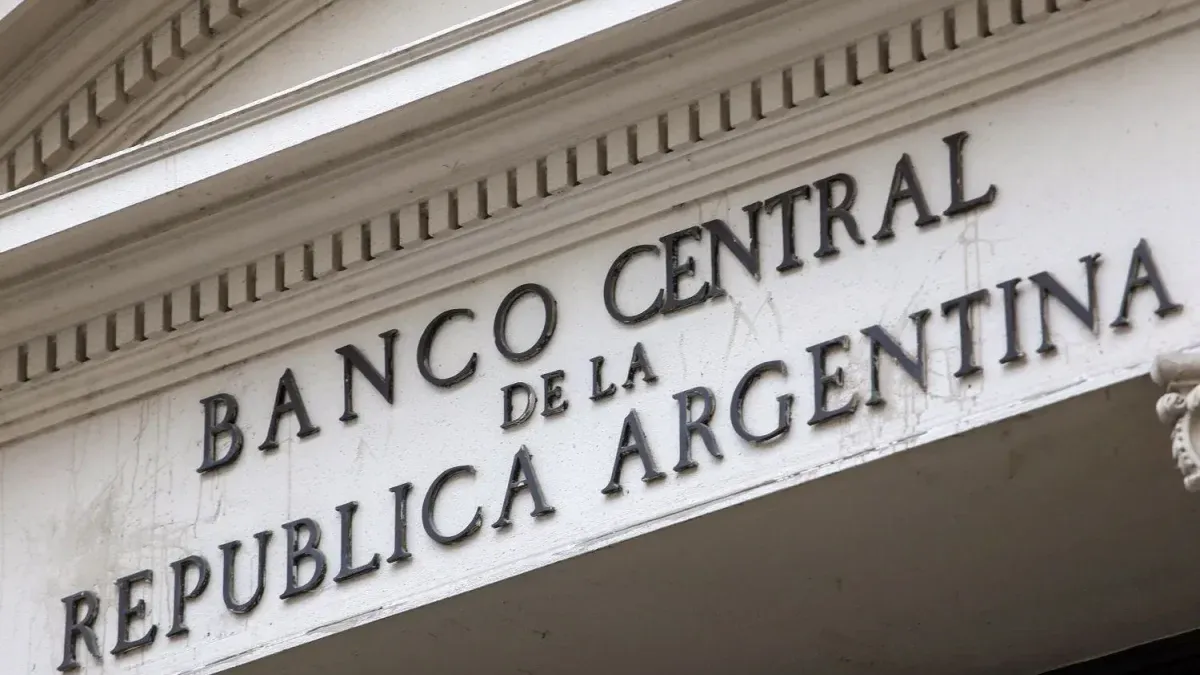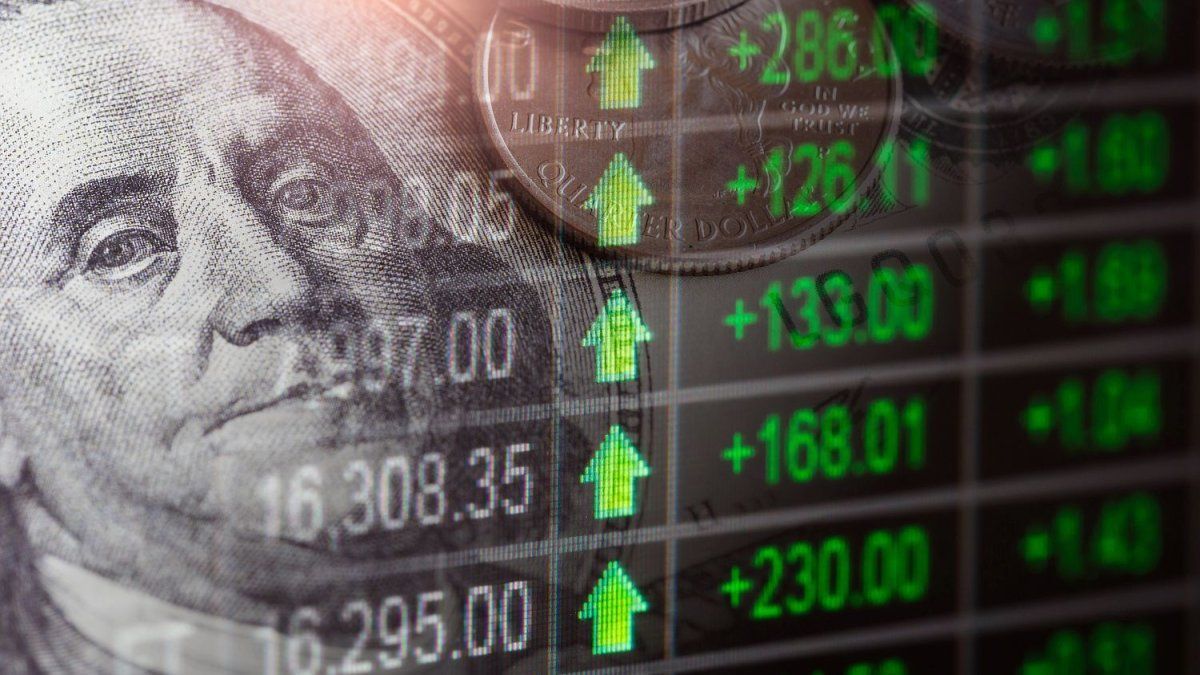“He future dollar and the parallels marked an expected devaluation of 40% before the government adjusted the exchange rate in these values,” he points out to Ambit he economist Martín Kalos, director of Épyca Consultores. Therefore, in principle, it could be said that a jump in the dollar greater than expected was applied (a type of overshooting), in order to provide a shock that reduces the gaps with the parallel dollars and a rhythm of Slight monthly controlled depreciation.
As reported by the BCRA, The idea is that the announced adjustment for the exchange rate plays the role of a complementary anchor to the fiscal one. in inflation expectations and the objective of applying this devaluation of the 54% initially and then maintain a monthly depreciation rate of 2%.
The risk that inflation will eat up the exchange rate jump
Clearly, This is a low monthly devaluation rate, if we take into account that inflation in the coming months is estimated to be between 20% and 30% from December to March at least. However, with this policy the Central Bank aims to send a message to the market that a fixed dollar will not be applied.
The objective, as he learned Ambitis to always keep it below inflation and in this way aims to send a message to the market that a fixed dollar will not be applied, but it also leaves the door open to adjust that percentage forward, although the objective is to always do so below inflation
According to an estimate from the consulting firm 1816, “with crawling peg of 2% monthly and inflation of 25% monthly (which is optimistic), in just 2 months the real exchange rate would go from 800 to the area of 530 measured “at today’s prices”; If inflation were 30% monthly in 2 months, that FX would be below 500.”
And it is that he central bank already reported that “The reinforcement of the fiscal anchor that constitutes this nominal anchor is considered a temporary necessity “which will decrease as the commitment and visibility of the fiscal effort are appreciated in its full dimension.” This was expressed in a recent document on the monetary policy guidelines that they published a few days ago.
Dollar: what will happen going forward
Government It has not yet been established how long this 2% crawl rate will last. and that is a key element so that the exchange rate can serve as an anchor. At the moment, the BCRA considers that it could be in force for a few months yet. The risk is that the exchange rate will quickly fall behind and have to make a strong devaluation shortly.
In it BCRA is trying to resolve the current circumstances and respond to the scenarios that arise with the different tools they have at their disposal: the rate, the exchange rate and the graduation of access to dollars for imports (the latter, for the moment, because they aim, in the long term, to free this market, but it will take time).
“The Government is betting on a high exchange rate without exchange rate unification for the moment, but that he hopes to apply later, and with a lower gap,” he summarizes in dialogue with this medium. economist and director of MyR Consultores, Fabio Rodríguez.
This occurs in a context in which it is expected that, “for the moment, it is expected that the trap will continuebut they will try to simplify many cross rules and regulations that currently exist in the exchange market.”
This is the process carried out the new BCRA to exit a monetary regime that they consider exhausted. But, he anticipates that the disarmament process will take time and that, as the Government anticipated, “it is seen that the start of the administration will be very inflationary, due to inertia and the devaluation of the official exchange rate.”
Source: Ambito
I am a 24-year-old writer and journalist who has been working in the news industry for the past two years. I write primarily about market news, so if you’re looking for insights into what’s going on in the stock market or economic indicators, you’ve come to the right place. I also dabble in writing articles on lifestyle trends and pop culture news.




